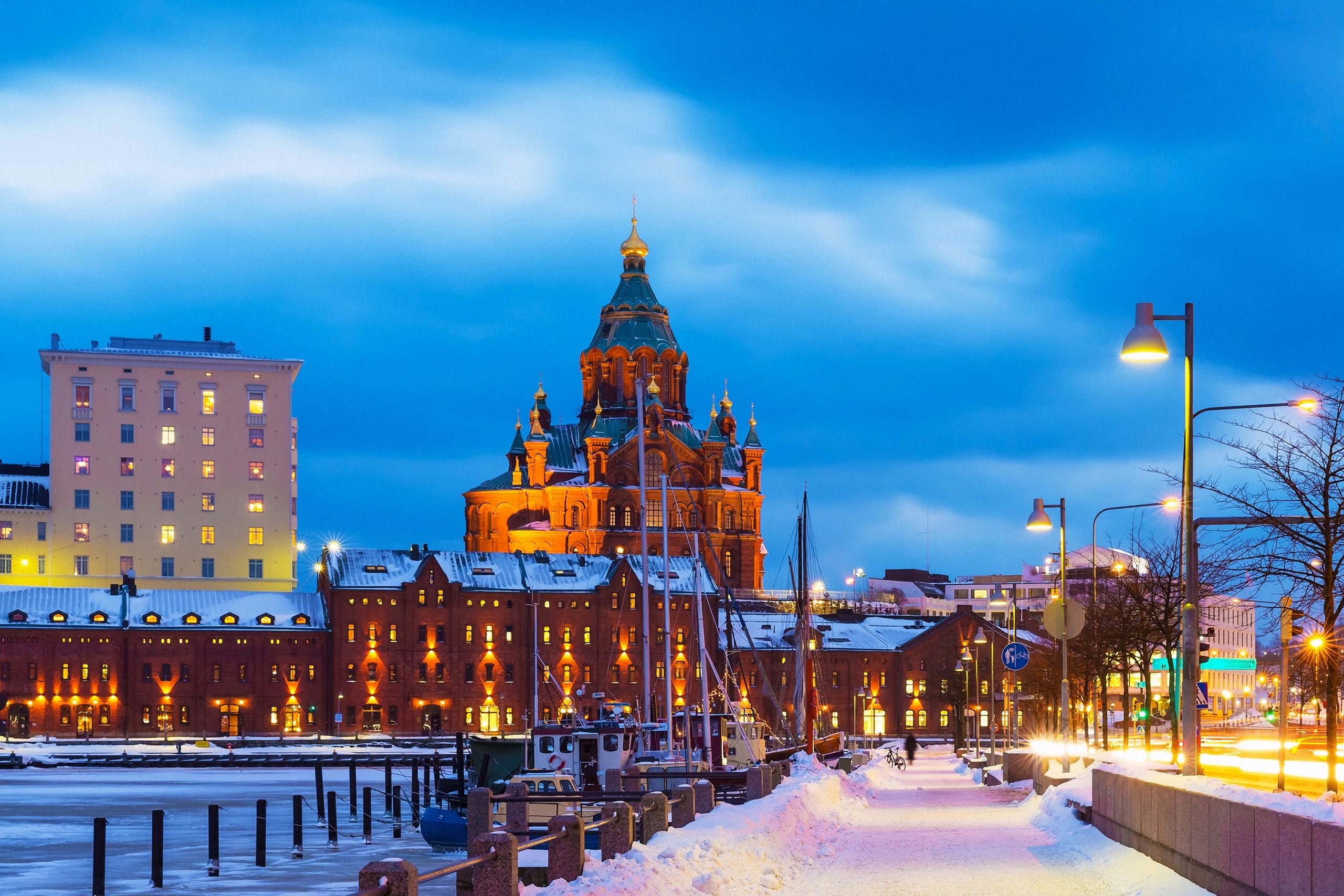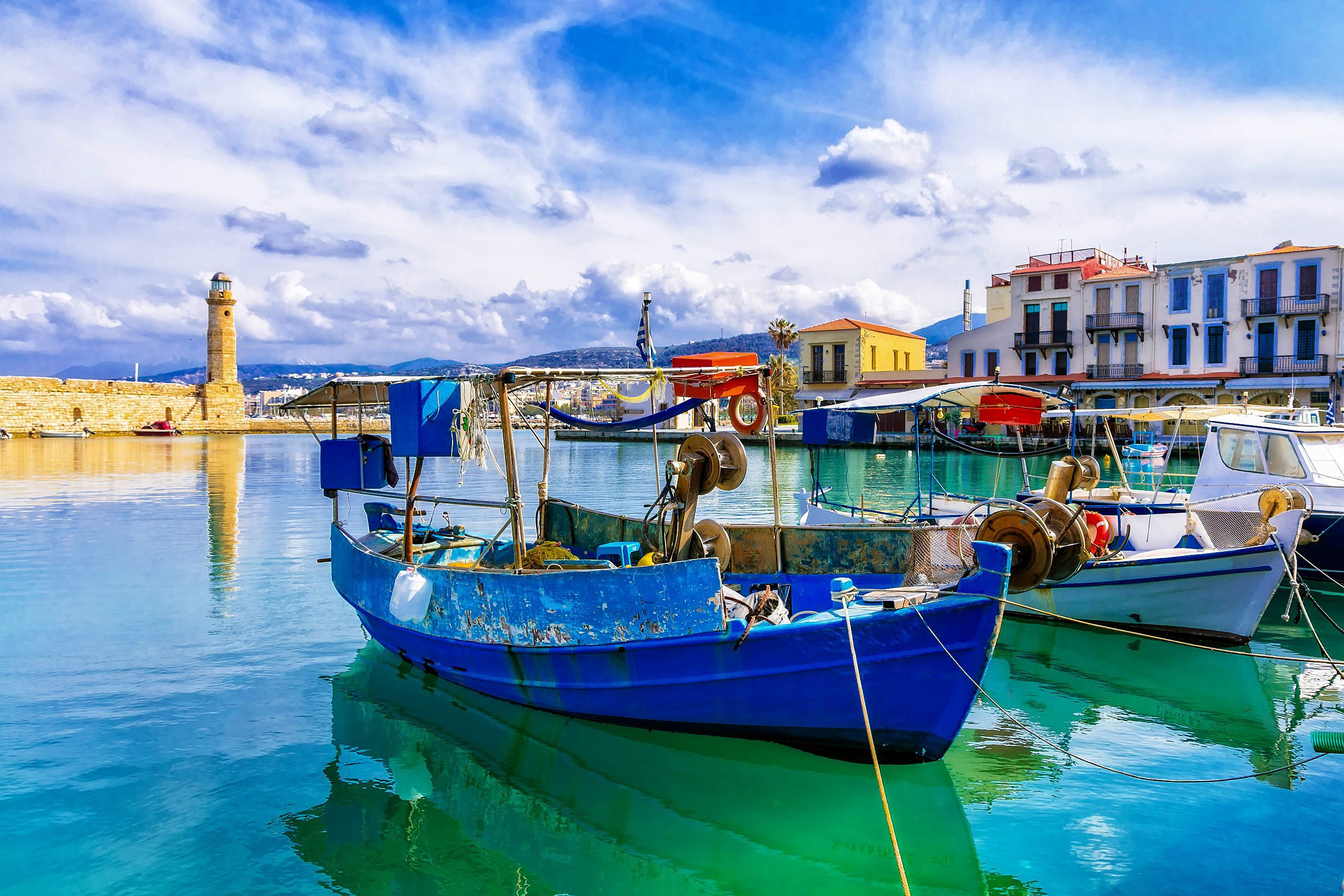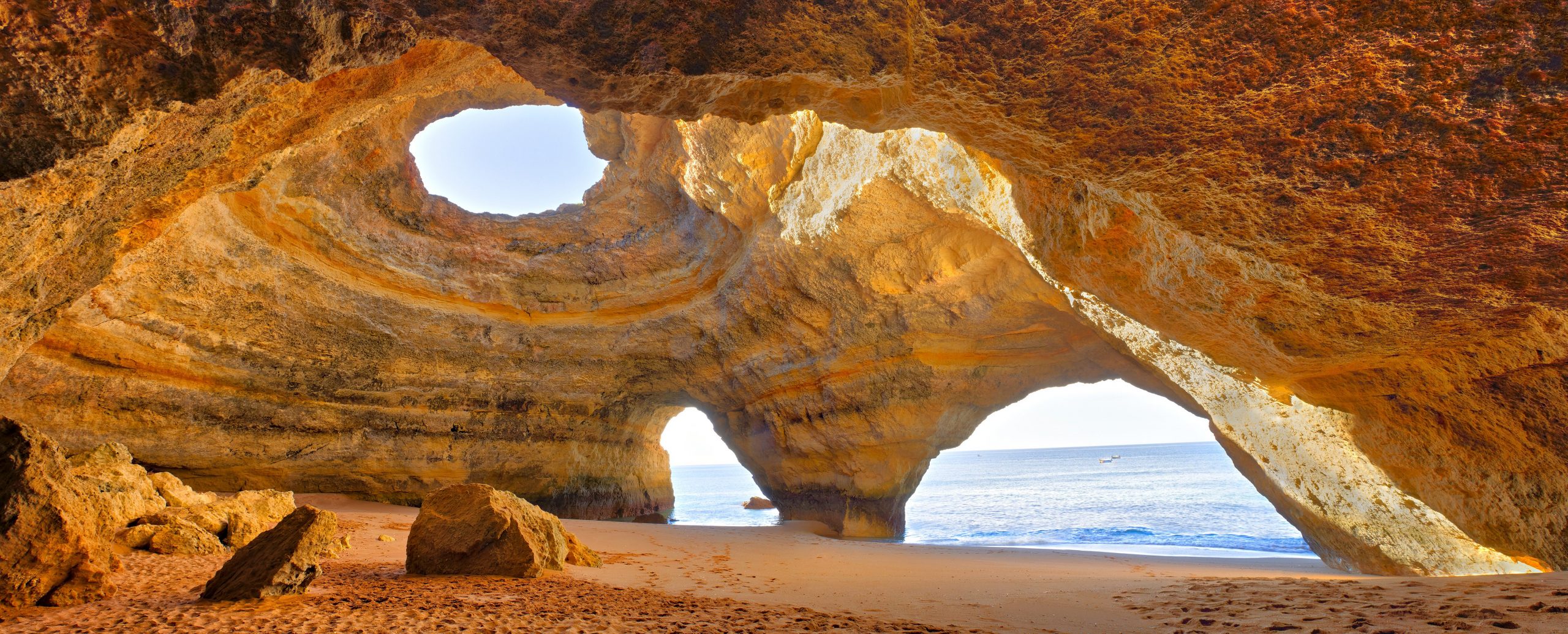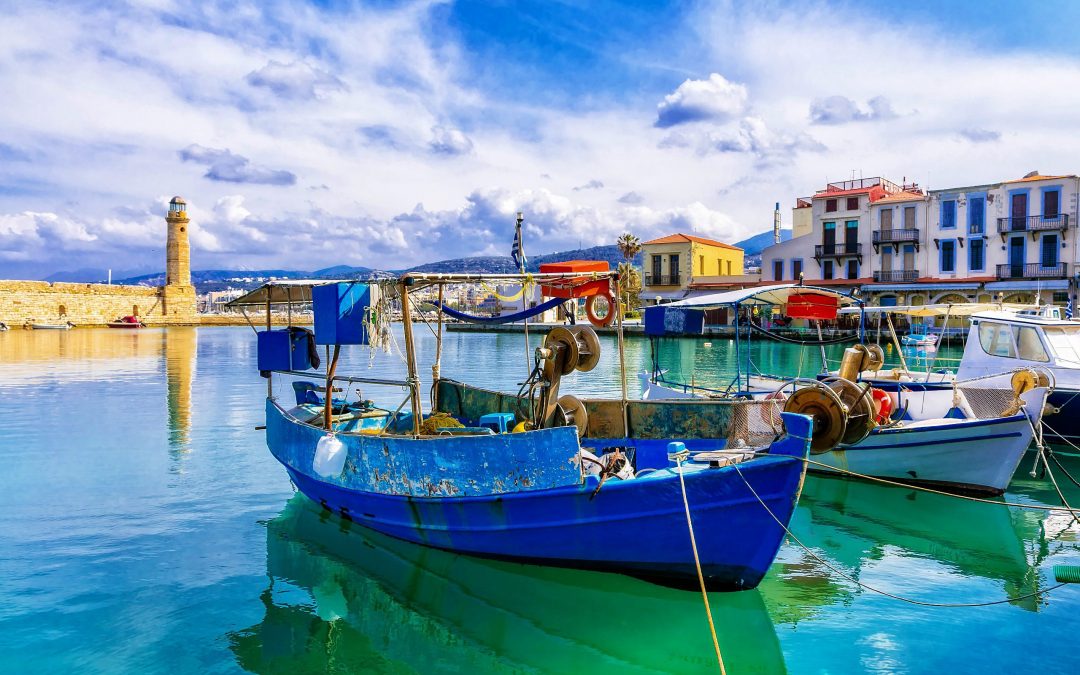Remote Working in Finland Verses Portugal
What you will need
To work as a remote worker (digital nomad) what you need is a good mobile broadband connection, when I was in Finland both Telia and Elisa have mobile broadband running on 4G sims. In 2020 you could pay about €12 per month for a basic 1 Mb/s 4G connection. A 100 Mb/s 4G connection was about €20-24 per month.
Telia now run 5G which is charged at 39.90 EUR per month (44.90 EUR/month after 12 months). It proposes speeds of 450 Mbps and unlimited data. In Portugal MEO is offering data cards for around €20, so the cost for mobile broadband is very similar.
Accommodation in Finland was expensive, this in days before Airbnb, My first apartment in Helsinki cost €2000, I soon moved to a smaller apartment at €1400. I prefer apartments so that can connect to the internet and process my photographs, and also have cooking facilities.

Now a monthly Airbnb rental in Helsinki for a whole place is around €800 to €1.200 per month (low season), in Portugal, it is only €600 to €1000 month for a good apartment.
Food and drink, Finland is expensive so weekly groceries for self-catering will be about €20, Beer cost around 6€ to 8€, whereas in Portugal these costs are almost halved.
I worked in Lisbon in 2017 and I found that eating out was not expensive, local restaurants cost between €10 and €14. I rarely spend more than €1.50 on a coffee or €2.50 on a beer. Shopping in supermarkets is very cheap but you may have to change a few brands as not all British goods are available in Portugal

Most of my travel photography work has been in Europe recently so I have been thinking of relocating to Europe for some time and Portugal looks like a good option, it has a warm climate, friendly people, good food and historic cities. and fast and reliable Wi-Fi, and an affordable cost of living. Portugal is also regarded as one of the safest and most inclusive countries in Europe.
The Algarve, Portugal’s southerly, coastal region, has always been a good option for digital nomads and traveling travel photographers, particularly those visiting Lagos, but it’s never really taken off as a digital nomad hotspot. All that’s starting to change, however, with Lagos being the main place that nomads are flocking to.
Locations for Nomads
Lagos is one of many locations for digital nomads to consider, the coastal town of the Algarve are there for you to explore.
- Olhão is one of southern Portugal’s traditional towns, Nestled along a cliffside. As the largest fishing port in the region, it shouldn’t come as a surprise that Olhão is an ideal place to be tempted by its delicious seafood.
- Carvoeiro is another picture-perfect destination. Even most travel photographers will be able to capture great pictures here.
- Ferragudo, located across the Arade River from Portimão and west of Carvoeiro, is easily one of the most beautiful seaside villages in the Algarve and a favorite of Instagrammers
- Cabo de São Vicente Wild, rugged, and isolated, the Cape of Saint Vincent is a powerful destination for surfing and travel photography
- Aljezur and Vicentina Coast the northwestern coast of the Algarve is a favorite among surfers and nature-lovers. this part of the Algarve will offer a different view of the typical beaches and colorful cliffs normally expected from south Portugal.
- Ilha de Tavira, the town of Tavira is a charming and quiet retreat from the usual crowds and resorts of the Algarve, but the Ilha de Tavira, or Tavira Island, is extra special. This sandbar is part of the Ria Formosa system yet stands out with its 12 kilometers of white-sand beaches
- Peniche – Peniche is a surf town at heart. In fact, the Peniche surf is considered some of the very best in all of Europe
- Largo – Pretty much the only co-working option in Peniche, Largo is located in a quiet area of the old district. Simple, friendly and affordable,
- Coimbra – If it’s history and culture you’re after as a digital nomad in Portugal, Coimbra is worth checking out


Visas
Portugal is a member of the EU and the Schengen Agreement. That means travelers coming in from another EU country won’t have to apply for a visa at all. You have the right to work and settle in Portugal.
Portugal Tourism has stated that they will welcome British visitors to Portugal after Brexit.
Digital Nomad Locations
With one of the safest and cheapest living and travel costs in Western Europe and a warm climate, Madeira is an obvious choice for digital nomads and its popularity is easy to understand.
Madeira Islands
A place where you are able to work with the most beautiful ocean & mountain view
Weather in Portugal
The climate in Portugal varies from north to south and from coast to the mountains. The south experiences Mediterranean weather with particularly mild winters and hot summers. Further north the coast is warmed by the Gulf Stream, so winters are still mild and summers are very warm. More inland summers are hotter but the winter temperature drops. In winter you can even find snow inland in Portugal.
In the Algarve, summers are particularly dry and sunny with 12 hours of sunshine each day and an average maximum temperature of 28 degrees Celsius (82° Fahrenheit) and a minimum of 20 degrees Celsius (68° Fahrenheit). Although temperatures in the north of Portugal are a little lower, there’s still around 11 hours of sunshine each day and the cool sea breeze makes it pleasant for a summer break.

